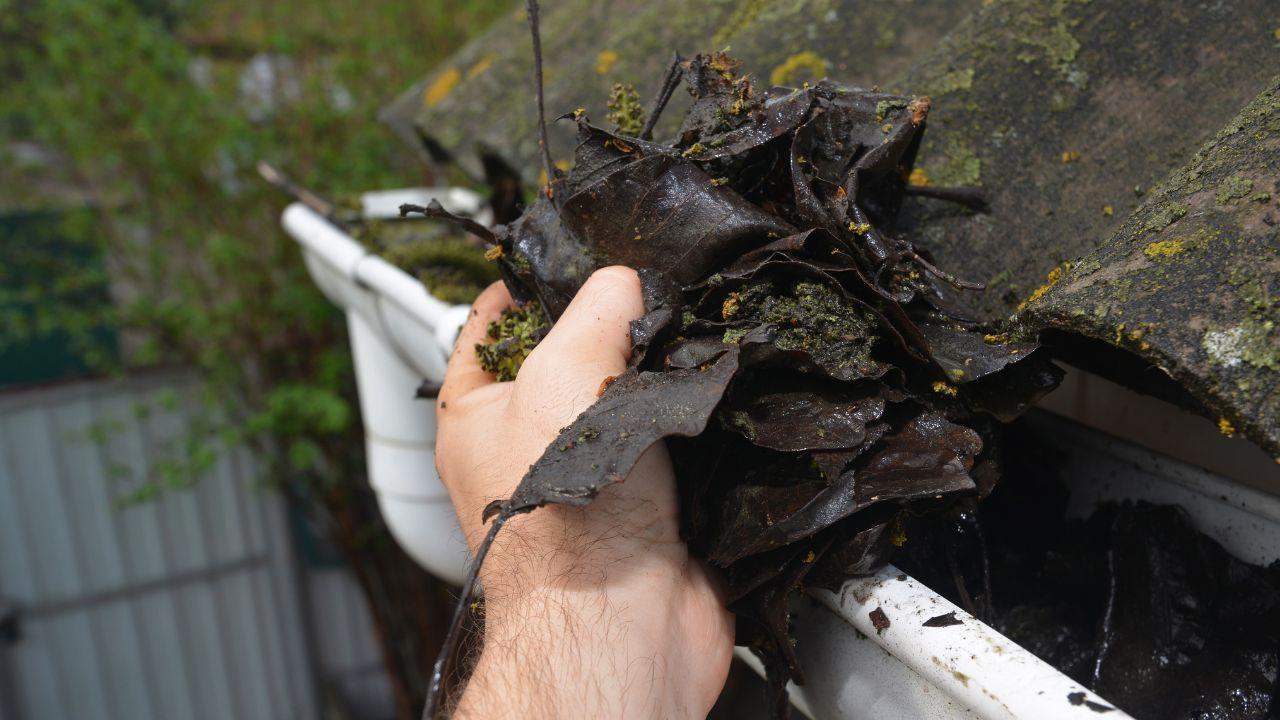A home's gutter system quietly but profoundly influences its long-term health. While many homeowners recognize the need to keep gutters clear, determining the optimal timing for service can be confusing—especially in climates like Hamilton's, where seasonal shifts profoundly affect gutter performance. Understanding when to schedule cleaning not only ensures peak efficiency but also prevents costly damage. This guide dives into Hamilton’s weather patterns, seasonal debris trends, and practical strategies to help homeowners make informed decisions about gutter maintenance timing.
Understanding Hamilton’s Climate and Debris Patterns
Hamilton’s maritime-influenced climate brings year-round precipitation—averaging over 1,100 mm annually—with wettest months typically running from late autumn to early spring. These conditions have two major impacts on gutters: consistent rainfall and seasonal debris accumulation. Frequent rain heightens the need for gutters to function properly year-round. Even minor blockages can lead to overflow and unintended water damage. In autumn, falling leaves, seed pods, and pine needles are abundant. In winter, wet and windy conditions wash additional debris into gutters. In spring, renewal brings pollen, blossoms, and plant residue. In summer, drier weather may reveal lingering clog remnants. Based on these seasonal forces, four key windows emerge each year to schedule gutter cleaning for Hamilton homes.
Optimal Gutter Cleaning Times in Hamilton
Late Autumn (March–April)
This is the primary window for clearing fallen leaves and organic matter before winter storms begin. Thoroughly removing autumn debris prevents ice formation during rain cycles, protects fascia boards, siding, and foundation from winter rain runoff, and provides technicians time to inspect for damage and perform repairs ahead of freezing weather. Booking in March—when autumn flush settles and before winter weather intensifies—is ideal.
Pre-Winter (May–June)
Gutters can remain clogged from autumn, worsening issues during winter’s heaviest rains. Removing residual grime and seeds washed in post-autumn rains reduces risk of water backup and ice dams forming near the roofline and validates downspout efficiency before high moisture periods. Schedule cleaning in late May or early June—just before winter storms typically begin.
Early Spring (September–October)
Spring brings pollen, blossoms, and bud debris—clogging gutters after winter storms. Flushing away seasonal residue from trees and flowers helps detect damage caused by winter conditions like broken attachments or sagging and prepares gutters for summer storms and dry debris exposure. Early September is perfect for a springtime gutter refresh.
Drizzle-Season Maintenance (Whenever Heavy Rain Hits)
Unexpected storms can rapidly clog gutters, preventing proper drainage. Preventing overflow, foundation erosion, and basement leaks after heavy downpours, checking downspout discharge paths and near-foundation soil movement, and ensuring gutters remain debris-free ahead of heat waves or dry spells are key. Inspect gutters after major storms and consider quick cleanings—even during other seasons—to avoid blockage escalation.
Benefits of Seasonal Gutter Scheduling
Seasonal gutter cleaning has direct and long-term benefits for property maintenance. Late Autumn prepares the system for winter and removes leaf debris. Pre-Winter clears residual clogs and prevents ice formation. Early Spring flushes pollen and debris while detecting winter damage. Post-Storm cleanups prevent localized flooding and protect the foundation.
Why Professional Cleaning Beats DIY in Hamilton
A do-it-yourself cleanup might seem cost-effective, but it carries notable limitations. Multi-storey homes require safer equipment and professional oversight to reach all gutter sections reliably. Professionals are better equipped to handle significant debris—especially in autumn and winter—without fail. Trained staff using proper tools ensure downspouts are flushed, slopes are checked, and any gutter damage is identified. Proper gear, fall-prevention tools, and liability coverage provide protection absent in DIY efforts. That’s why homeowners often trust services offering Gutter Cleaning Services in Hamilton to manage seasonal demands with reliability and expertise.
Strategic Planning for Your Home
Create a Gutter-Priority Calendar—March–April for autumn cleanup before winter storms, May–June for final cleaning before peak winter rain, September–October for spring refresh and damage check, and post-storm as needed following heavy rainfalls. Schedule gutter cleaning along with roof and fascia inspections to detect damage before it worsens. Consider gutter guards cautiously, as they reduce large debris accumulation but still require seasonal clearing and professional installation. Track weather alerts since post-storm cleanings can prevent small blockages from becoming systemic issues.
Red Flags That Demand Urgent Cleaning
Even outside the main schedule, call professionals if you notice overflow during moderate rain, sagging or detached gutter sections, visible vegetation growth in the gutter channel, or watermarks inside walls or pooling near the foundation. Early intervention prevents small issues from snowballing into costly repairs.
Cost vs. Risk in Seasonal Gutter Maintenance
Skipping scheduled cleanings might save money short-term but risks roof or foundation deterioration, increased mold growth and pest habitats, residential flooding and landscaping losses, and significantly higher restoration costs later. Investing in well-timed professional cleaning—courtesy of trusted Gutter Cleaning Services in Hamilton—offers lasting value and safety.
Final Thoughts
The best time to schedule gutter cleaning in Hamilton hinges on the city’s rainfall pattern and seasonal debris cycles. Cleaning just before autumn and winter, refreshing in spring, and staying alert to post-storm clogs ensures gutters perform optimally all year round. Rather than a one-off chore, gutter maintenance requires strategic timing, professional expertise, and proactive care to safeguard homes from water damage. By partnering with experienced professionals, homeowners can enjoy cleaner gutters, durable roofing, and stable foundations—with minimal effort and maximum protection.

